This is the third in a series of posts about building a bokeh simulator. This series starts here.
I took the out of focus (OOF) point spread functions (PSFs) from the 135 mm f/2 DC Nikkor and the 135 mm f/2 Zeiss Apo-Sonnar ZF.2, and put them into the simulator.
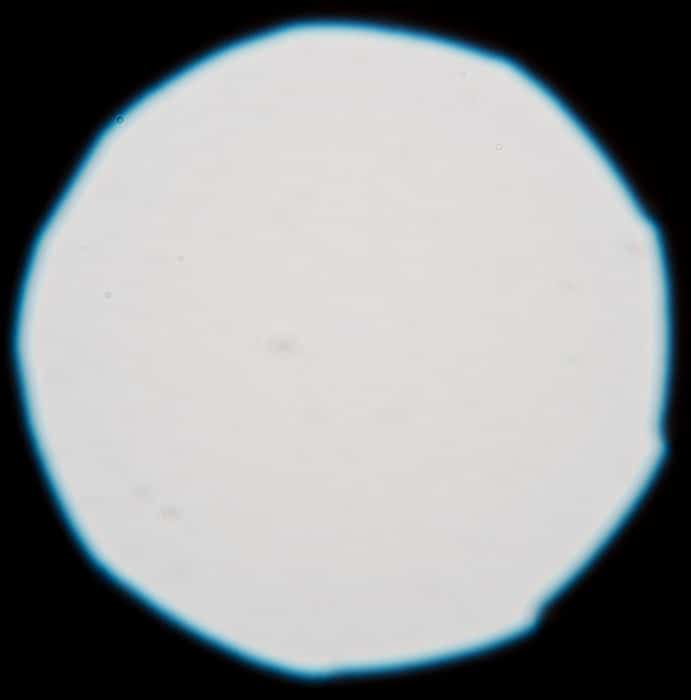
You will note that the Nikon lens PSF is misshapened because the diaphragm blades do not close down symmetrically.
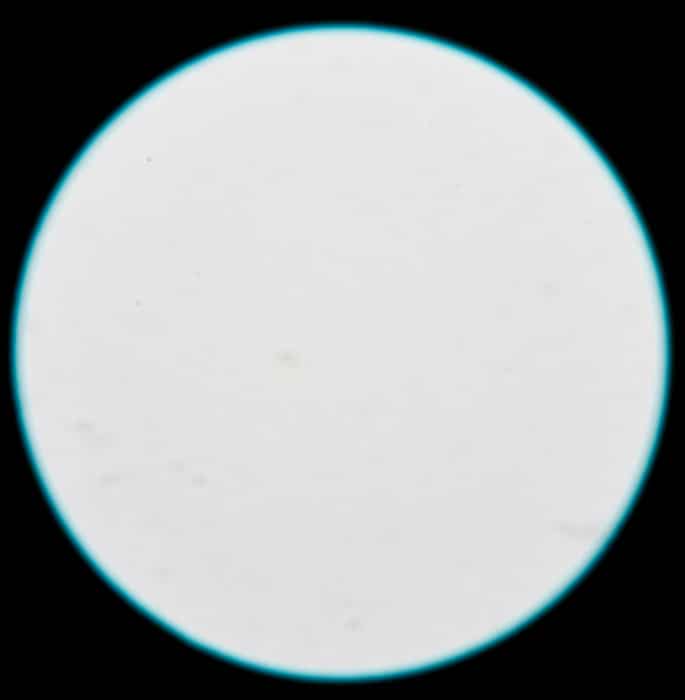
Here’s our scene with both of those PSFs and an ideal. computed one, scaled to 50 pixels wide on the original 2000×1500 pixel image, sampled down for web use:
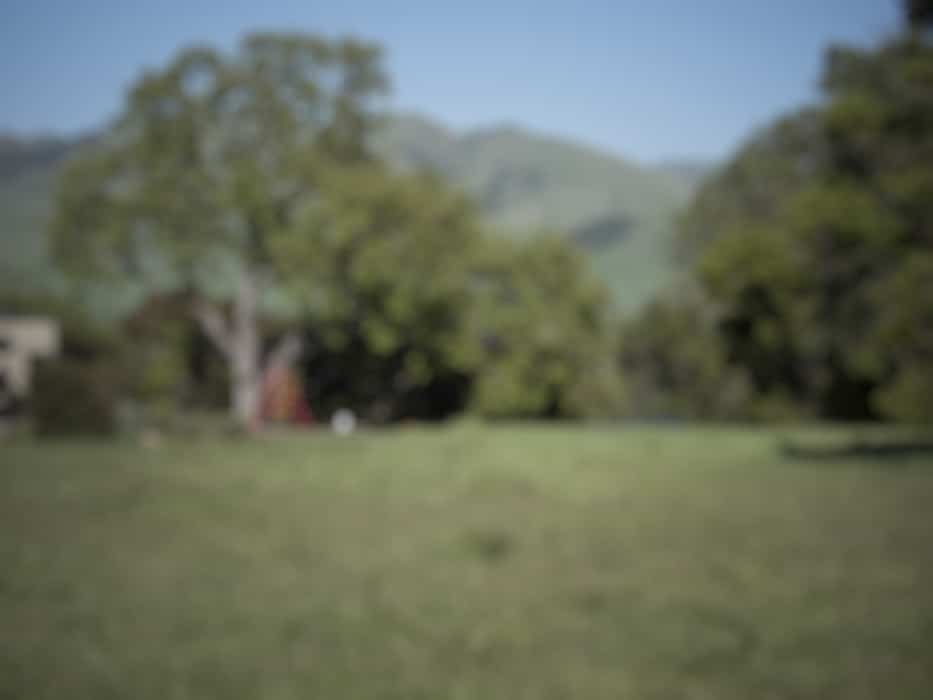
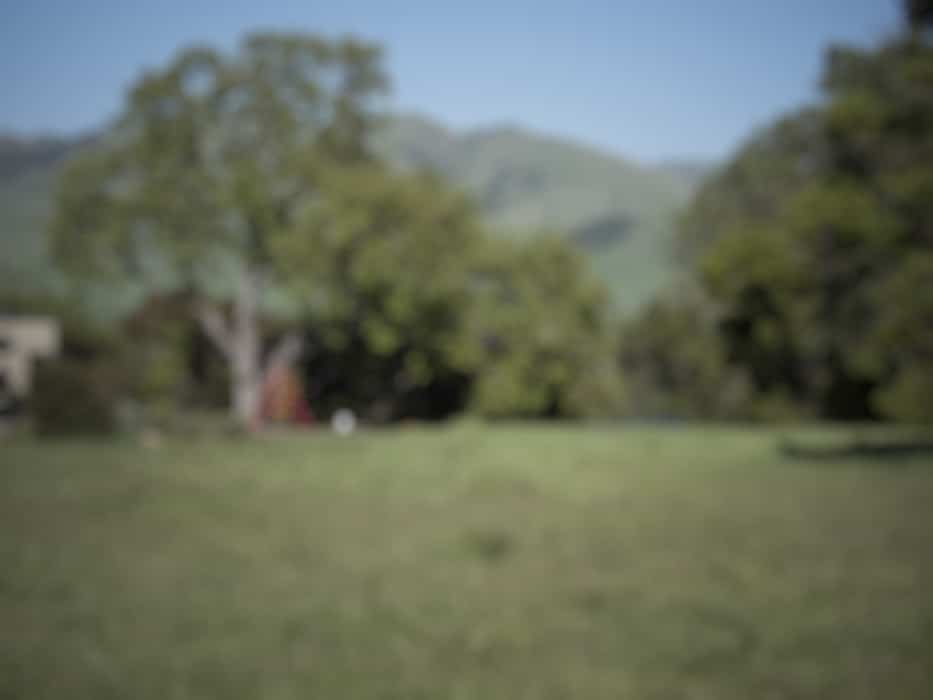

The differences are subtle. Note the “hollow center” look to the white object in the left-center. That didn’t occur with the apodized lenses.
Now we’ll look with a 100-pixel OOF PSF diameter:
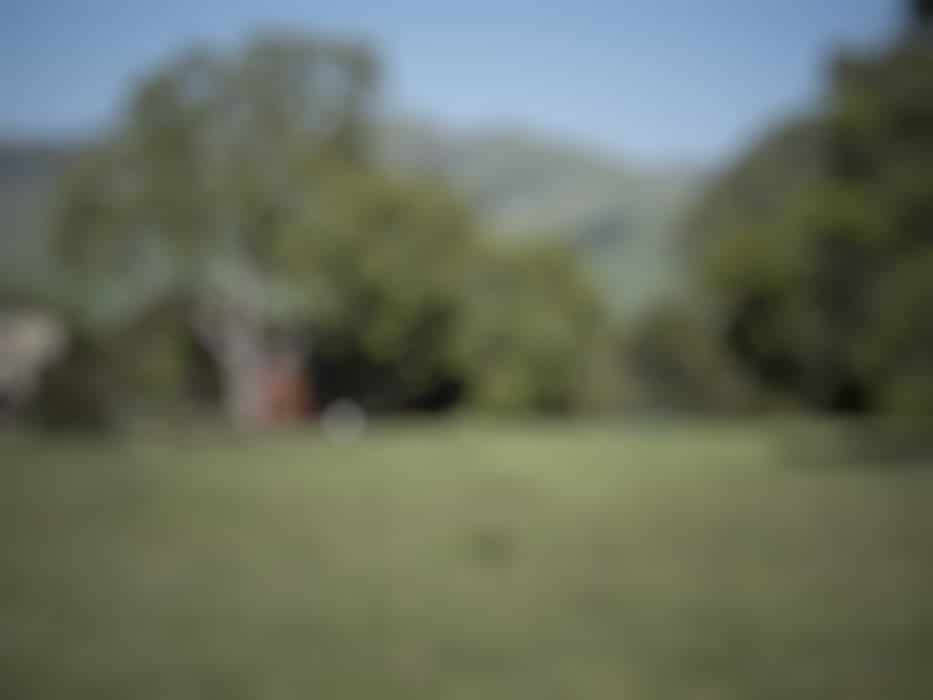
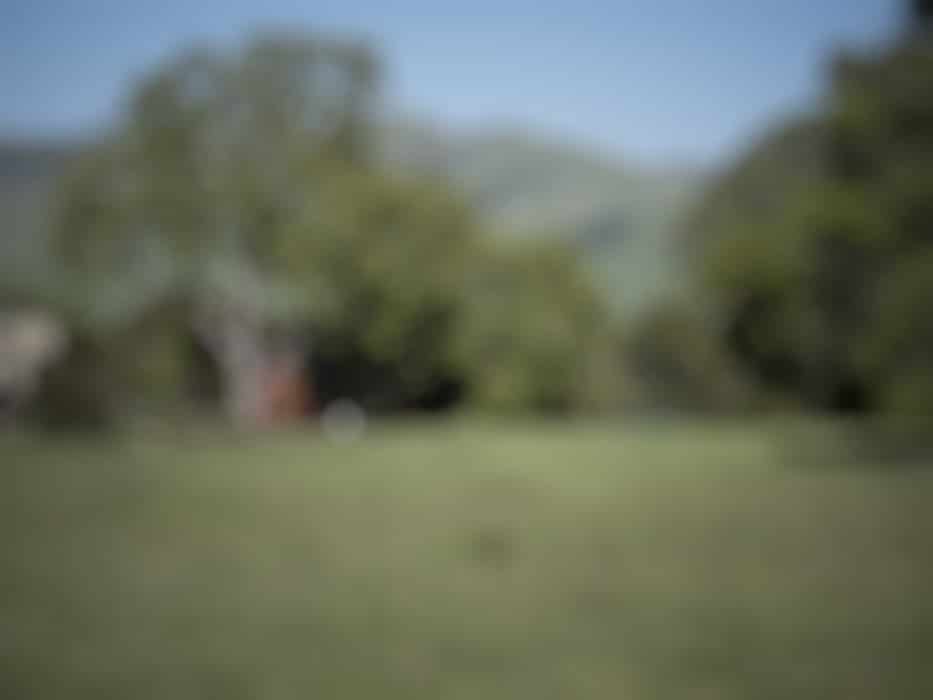
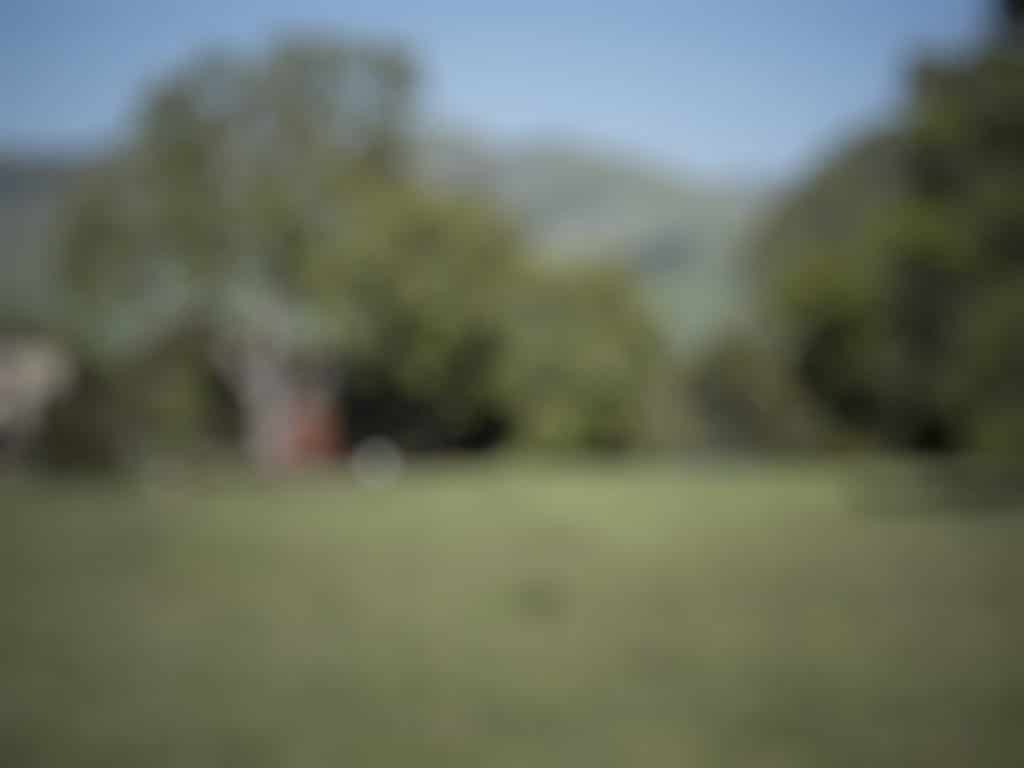
I can see that the ideal blur circle case is somewhat more blurry in both the 50-pixel and 100-pixel images. I’m pretty sure that is because the idealized blur circles go all the way to the edge of the OSF kernel, where the real ones do not. It also could be a function of the ideal blur circles staying flat until the very periphery, whereas the real ones have fuzzy edges.
There is a characteristic to the bokeh of these conventional lenses that many like, and many do not: Sharp edges that would exist in an in-focus image tend to cause sharp falloff even when OOF. An apodized lens doesn’t do that.
Leave a Reply